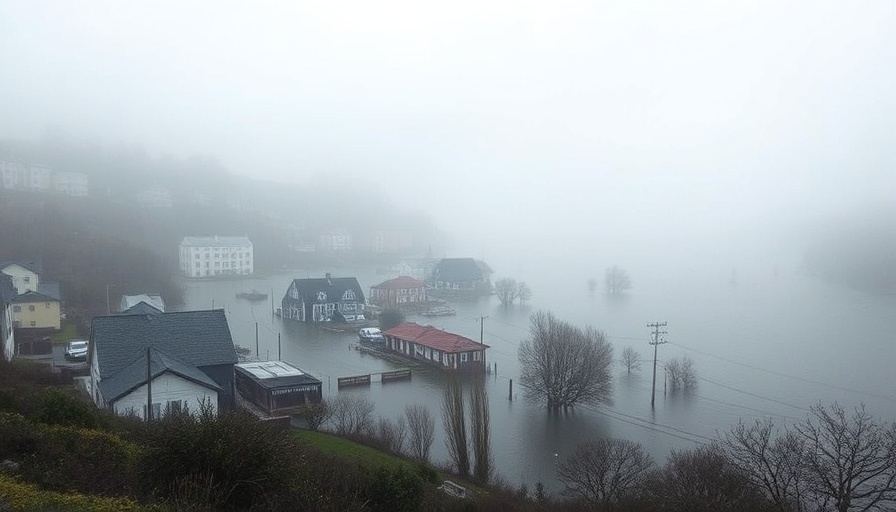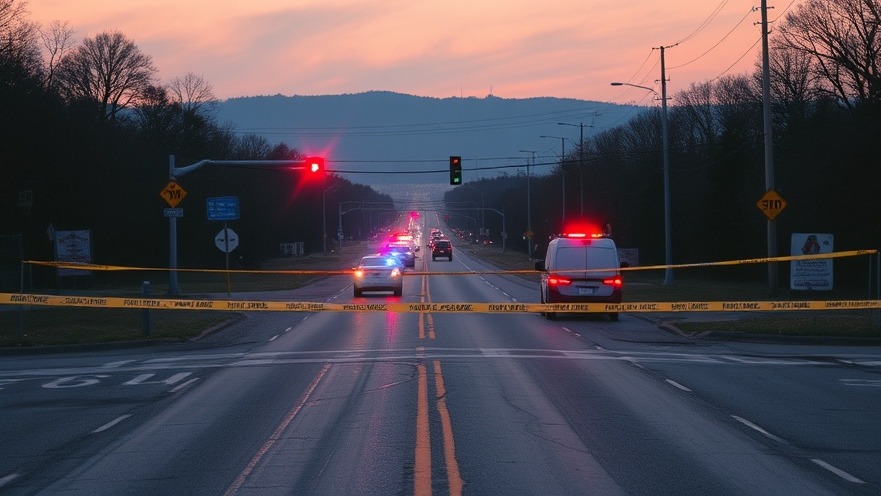
Devastating Earthquake Strikes Russia's Far East
On early Wednesday morning, an extraordinary 8.8-magnitude earthquake rocked Russia’s Far East, marking it as one of the strongest earthquakes recorded since the 2011 event off Japan which registered at 9.0 magnitude. Reports flooding in detail significant impacts across the Pacific region, including tsunami waves reaching Japan and Alaska, and emergency alerts issued for Hawaii, North and Central America.
Tsunami Warnings Spread Across the Pacific
The quake triggered widespread tsunami warnings, prompting residents near coastlines to evacuate to higher ground. Coastal communities in Alaska reported minor effects from the tsunami, while Japan was put on alert, leading to rushed evacuations that jammed streets with fleeing residents. Ports along Russia's Kamchatka Peninsula experienced flooding, but fortunately, reports indicate that there have been no significant damages or casualties thus far.
The Earthquake's Immediate Impact
As people fled to safety, Honolulu faced its own challenges as traffic surged with everyone scrambling to reach higher ground before potential waves struck. Authorities warned that the danger of tsunami waves could last more than a day, urging vigilance among residents along the Pacific coastline. In Hawaii, the anticipation around the tsunami created a palpable atmosphere of anxiety, yet many remained optimistic that they would navigate this crisis unscathed.
Historical Context: Earthquake Magnitudes and Response
This earthquake serves as a stark reminder of the Pacific Ring of Fire's unpredictable nature, where seismic activity frequently occurs. Historical events, particularly the 2011 Tōhoku earthquake and tsunami, emphasize the urgent need for preparedness in affected regions. Communities from Alaska to Japan have developed extensive emergency protocols, underscoring their resilience and proactive measures taken to minimize casualty and damage.
The Role of Technology in Modern Tsunami Monitoring
With advancements in technology, tsunami warning systems have improved remarkably over the years. Sensors and satellites now provide real-time data, allowing for quicker responses and greater accuracy in predictions. This incident once again highlights the importance of these technological tools in ensuring public safety and creating an informed populace. As communities prepare and respond, it is crucial that they leverage these tools for better success.
Future Predictions and Preparedness Initiatives
Looking ahead, seismologists anticipate that the risks associated with tectonic movement in the Pacific will only increase. There’s an emphasis on continuous funding and training for emergency responses to further enhance safety for communities vulnerable to these natural disasters. Educational campaigns focusing on disaster preparedness have become essential in ensuring that residents know how to react during a quake and the subsequent tsunami warnings.
Emotional Impact and Community Reactions
For many, the emotional toll of sudden natural disasters is profound. As families sought shelter, the uncertainty and fear intertwined with hope became palpable among communities. This recent earthquake serves as a jarring reminder of the Earth's power and the vulnerability of human lives. Nationwide, individuals are reflecting on their preparedness, spurring dialogues regarding family safety plans and emergency kits.
Conclusion: Call to Action for Community Preparedness
As natural disasters such as this earthquake remind us of our vulnerability, it’s vital to prioritize community preparedness. Reviewing safety plans and ensuring readiness for swift action could, one day, mean the difference between life and death. Residents are encouraged to familiarize themselves with local emergency protocols and contribute to community discussions on these issues. Preparedness is a collective responsibility, and understanding the science behind such disasters only strengthens community resilience.
 Add Element
Add Element  Add Row
Add Row 



Write A Comment